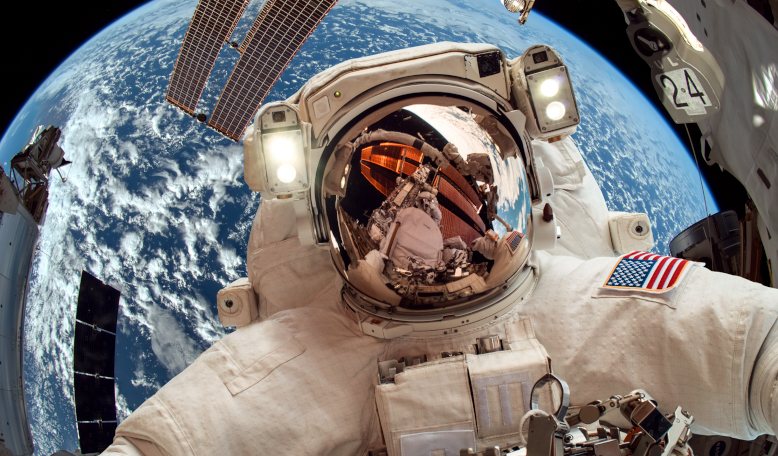It’s good news for anyone planning on spending months floating around in the International Space Station (ISS) or for those who might one day find themselves on a long-haul flight to Mars, as researchers imaging the brains of Russian cosmonauts have found that while the brain does undergo changes in a microgravity environment, it doesn’t deteriorate.
Previous experiments on astronauts who have spent months in space have shown that long-duration spaceflight causes widespread physiological changes to the human body.
This was most apparent when NASA conducted a ground-breaking study on American astronaut Scott Kelly and his twin brother Mark.
While Scott spent a year on the ISS, Mark remained on Earth and was used as a ground-based control subject to compare against any changes that Scott might undergo during his long stay in space.
The study revealed, amongst other things, that as soon as an astronaut gets into space, thousands and thousands of genes change how they are turned on and turned off; a process that is known as methylation.
Despite landmark studies such as this, little is known about how well the brain copes when exposed to long durations in space.
Past studies that have been conducted on astronauts have generally been carried out with conventional magnetic resonance imaging (MRI) scans, which looks at the macroscopic volumetric changes of a brain, I.e. it looks at the bigger stuff, but this scanning method means that microscopic changes get overlooked.
By employing a new technique, known as diffusion MRI, scientists have been able to analyse more changes in the brain, including white matter (WM), gray matter (GM), and cerebrospinal fluid (CSF).
"This specific type of MRI we used, diffusion MRI, operates by acquiring 153 brain scans for each session, rather than just one brain scan," lead researcher Steven Jillings, doctoral student at the University of Antwerp says, and "each of these 153 scans have slightly different parameters."
The willing subjects who underwent the analysis were 11 male cosmonauts from Russia who spent an average of six months in space.
The cosmonauts were scanned before the flight, 9 days after (postflight), and were followed up again with a another round of imaging seven months later.
Changes to the brain fall under the term neuroplasticity and the teams results showed that prolonged exposure to microgravity caused increased white matter in the cerebellum (the “little brain” responsible for coordinating voluntary movements, balance, coordination, and posture) after spaceflight and a widespread redistribution of cerebrospinal fluid.
Thankfully, no brain tissue was not lost or destroyed.
"We started this study to investigate whether neuroplasticity occurs as a result of spaceflight," Jillings said. "Neuroplasticity is the ability of the brain to adapt to new situations and environments. This is also exactly what we found, namely neuroplasticity in motor regions of the brain."
The team surmise that the slight changes in the ratios of white and gray matter (found in the celebellum and basal ganglia respectively) are due to astronauts learning to move around in a weightless environment.
"We saw a decrease over the top half of the brain and an increase along the base or lower half of the brain," Jillings said. "This is something that has been shown in previous studies as well and points toward a redistribution of the fluid within the skull as a result of weightlessness. None of our findings are associated with cognitive function."
Like NASA’s Twin study, Jillings and colleagues found that some, but not all, postflight changes had returned to normal after seven months back on Earth. Though “net GM or WM tissue remained increased to some degree in sensorimotor brain areas,” say the authors in their research paper published recently in the journal Science Advances.
Many open questions remain, Jillings said and it is quite possible that spaceflight affects first-time flyers stronger than experienced flyers, write the authors.
It is also not known whether accumulative time in space – either longer mission durations or multiple missions to space – also causes accumulative effects, adds Jillings.
As such, follow up studies to investigate whether age, mission duration and previous space experience play a role in changing an astronaut's brain are expected.











